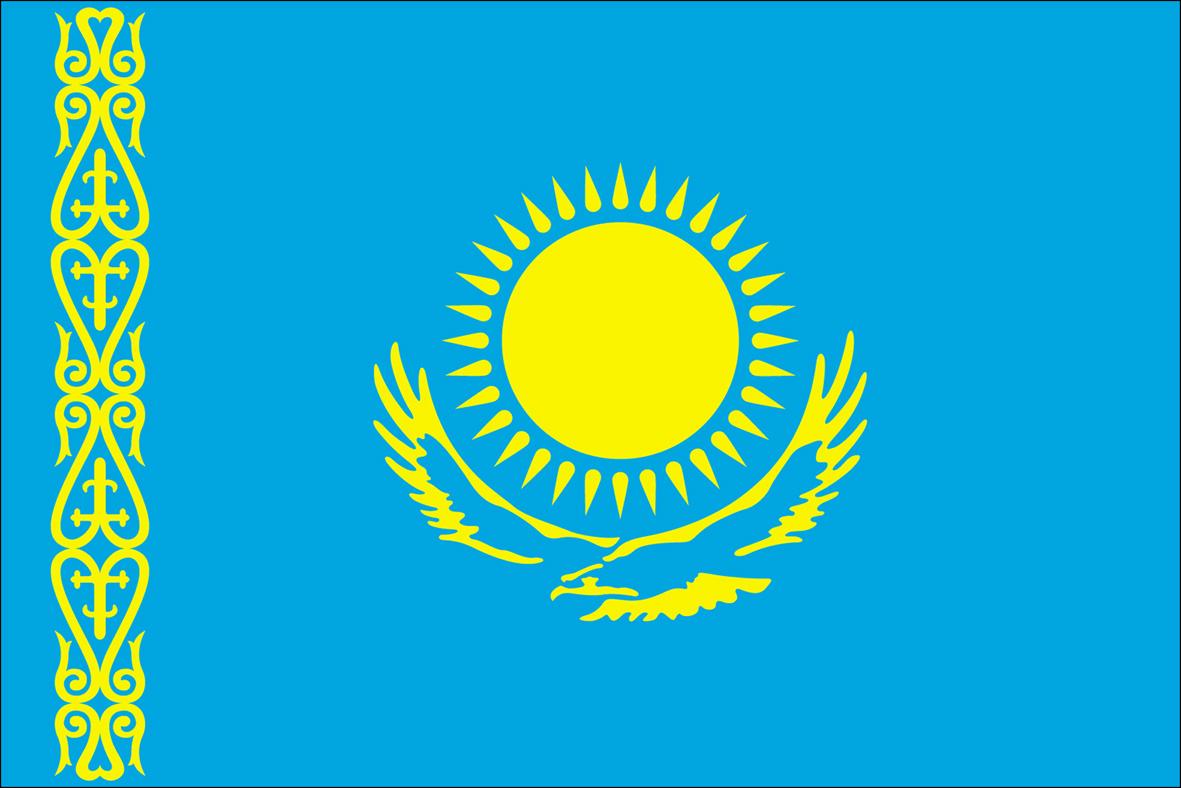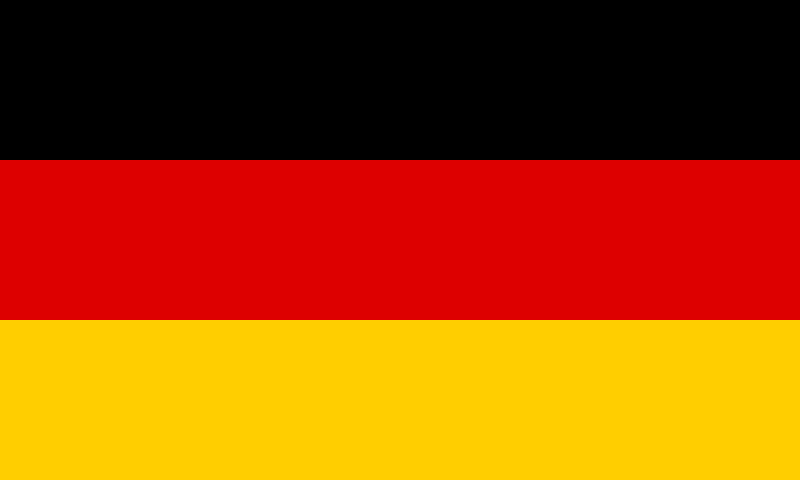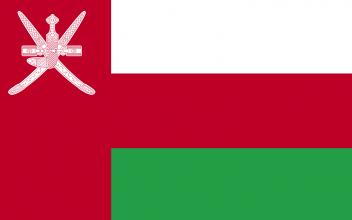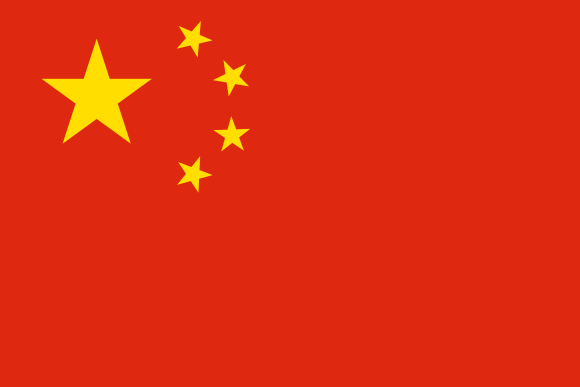Junk wreck
While conducting surveys to lay a pipeline on the seabed off the coast of Brunei in 1997, workers from Elf company discovered a wreck. The Underwater Archaeological Research Department (DRASSM) of France, led by Michel L’Hour, was asked to investigate the wreck. Investigations have shown that this shipwreck is a major discovery for the understanding of trading relationships in the China Sea during the 15th century, at the time when Brunei reached its peak.
Despite all the difficulties encountered during the excavation, such as a great depth (63 meters), the lack of visibility, the presence of many stone fishes (venomous and very dangerous) and the great cost of the operation, experts and archaeologists did not want to give up on the wreck, especially at a time when many Asian wrecks were being commercially exploited. The two-month long excavation campaign was exemplary for all the means deployed and people employed.
The wreck has been found to be a Junk filled with thousands of artefacts, such as blue and white Chinese porcelain, Chinese, Thai and Vietnamese ceramics and stoneware jars. Jewellery was also found, with gongs, artillery pieces, copper and tin ingots. The cargo consisted in diverse objects coming from a large area, between China and Malaysia, and probably loaded in one place like Malacca.
This wreck attests to the development of Brunei’s trading relationship with China in the 15th century and shows a trading maritime route connecting Brunei with an inter-Asian network.





